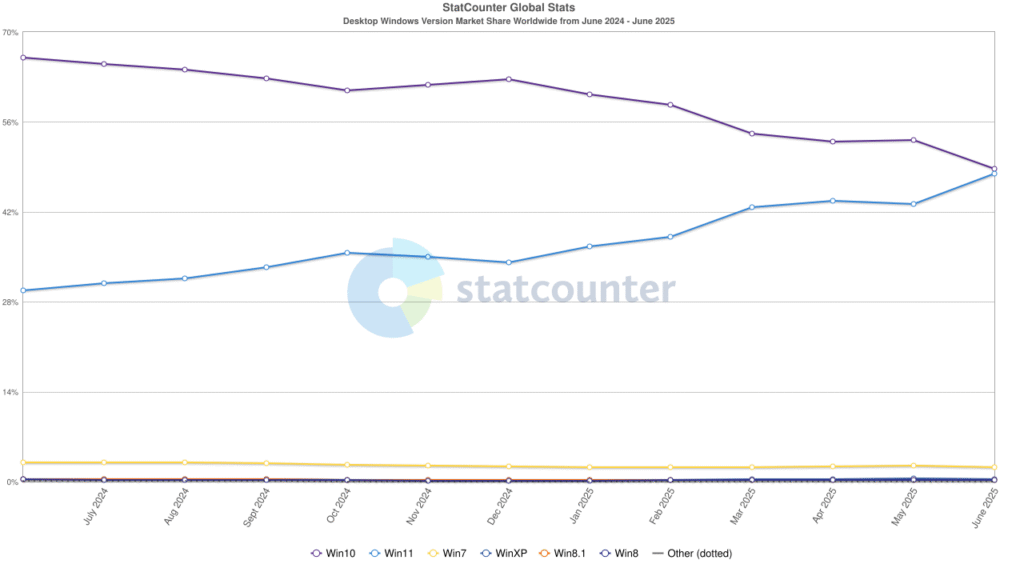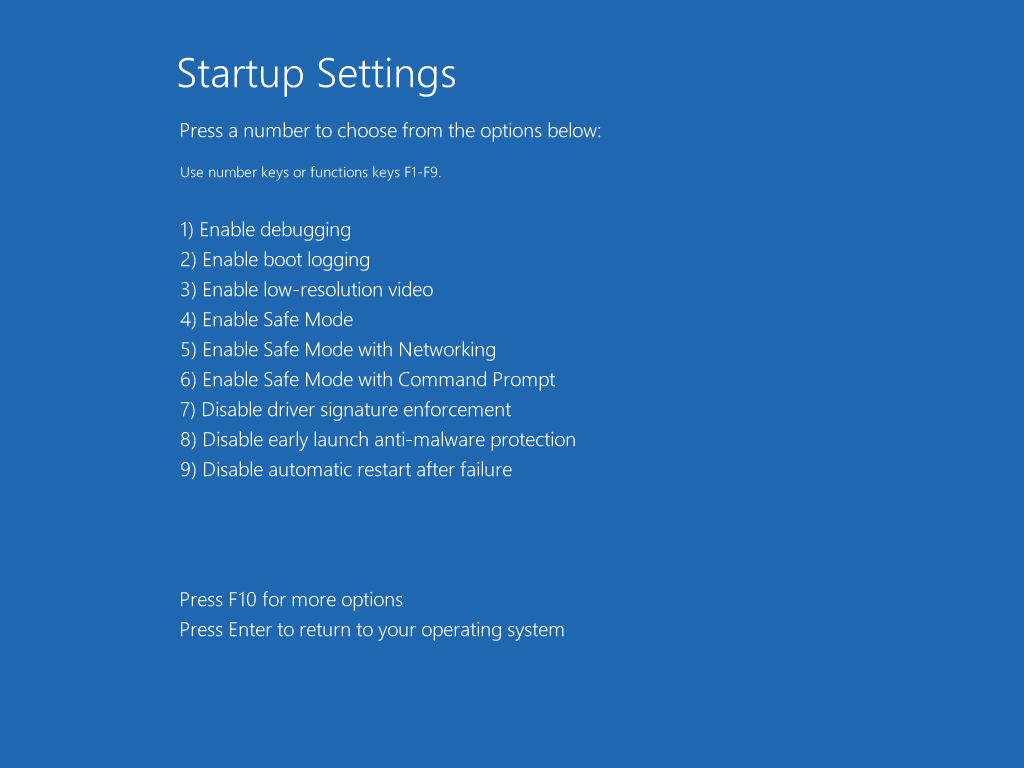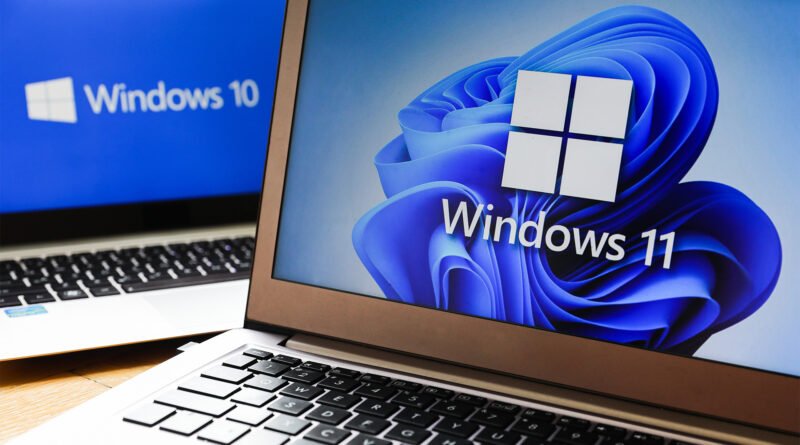Windows 11 Officially Overtakes Windows 10: What It Means Before 2025 Support Deadline
Windows 11 overtakes Windows 10 for the first time in desktop market share, according to the latest StatCounter data. Nearly four years after its release, Microsoft’s newest OS now powers over half of all Windows PCs—just months before Windows 10 reaches its end-of-support deadline in October 2025. This shift not only represents a changing of the guard but a deeper evolution in Microsoft’s strategy, hardware demands, and cloud integration moving into 2026.

Table of Contents
Windows 11 Overtakes Windows 10 in Desktop Share

As of June 2025, Windows 11 commands 52% of the global desktop operating system market, while Windows 10 has fallen to 44.59%, according to StatCounter data. This marks the first time Windows 11 has eclipsed its predecessor since its launch in October 2021.
The remaining share is split between Windows 7 (surprisingly still hovering near 2%), macOS (around 9%), and Linux (roughly 1%).
The symbolic passing of the torch happened quietly but meaningfully four months before October 14, 2025, the day Windows 10 support ends. Microsoft can now confidently pivot development, marketing, and security priorities toward its flagship OS.
The Road to 52%: How Windows 11 Got Here
The journey to Windows 11 dominance hasn’t been quick. For context:
- Windows 10 hit 400 million devices in just over one year after launch (2015–2016)
- Windows 11 took nearly two full years to reach the same milestone (2021–2023)
- Adoption remained sluggish even as Microsoft aggressively pushed the free upgrade path to eligible Windows 10 users
The breakthrough finally came in late 2024, when Windows 11 gained traction in gaming communities, enterprise upgrades, and among new hardware buyers. According to the Steam Hardware Survey, Windows 11 became the most-used OS for gaming as early as September 2024 a significant leading indicator.
Why Windows 11 Adoption Was Slower Than Expected

Despite Microsoft’s usual upgrade incentives, Windows 11 didn’t immediately win over users. Three key roadblocks played a major role:
1. Strict Hardware Requirements
Windows 11 requires:
- TPM 2.0 (Trusted Platform Module)
- Secure Boot
- 8th-gen Intel or 2nd-gen Ryzen CPUs or newer
Millions of otherwise-functioning Windows 10 PCs were deemed ineligible, causing frustration and delay in adoption.
2. Older PCs Left Behind
Even though Microsoft offered a free upgrade to Windows 10 users, the hardware restrictions left many stuck especially in education, small business, and emerging markets.
3. UI & Feature Resistance
Some users disliked the centered taskbar, new Settings menus, and changes to Start menu customization especially in early versions. The lack of full legacy support was enough to stall interest.
Windows 10 End of Support: What’s at Stake
Microsoft officially ends support for Windows 10 on October 14, 2025. That means:
- No more security updates (unless you pay)
- No technical support from Microsoft
- No bug fixes, performance patches, or UI updates
- Increased risk of malware and ransomware exposure
Microsoft’s message is clear: upgrade to Windows 11 or accept the risk (or cost) of staying behind.
Microsoft’s Backup & OneDrive Strategy Explained
To help users transition, Microsoft recently announced a controversial workaround. You can get one additional year of free security updates for Windows 10 if you agree to:
- Enable Windows Backup
- Sync your Documents, Pictures, and Desktop folders to OneDrive
If you don’t want to do this, you’ll have to pay for updates or go without.
This move is clearly designed to nudge users deeper into Microsoft’s cloud ecosystem. OneDrive and Microsoft 365 are now seen as entry points to modern Windows usage.
The Cost of Staying on Windows 10
Here’s how it breaks down:
| Option | Security Updates | Cost | Requirements |
| Upgrade to Windows 11 (Free) | Yes | $0 | Must meet hardware requirements |
| Stay on Windows 10 + OneDrive | Yes (1 year) | $0 | Enable Windows Backup & OneDrive sync |
| Stay on Windows 10 (no cloud sync) | Yes (1 year) | $30/year or 1,000 MS Rewards points | Manual opt-in & payment required |
| Stay on Windows 10 with no updates | No | Free (but unsafe) | Not recommended |
Should You Upgrade Now or Wait?
Here’s the big question: if you’re still on Windows 10, should you rush to upgrade?
Upgrade Now If:
- Your hardware is compatible
- You want continued free security support
- You’re already in the Microsoft 365 ecosystem
- You want access to Copilot AI features, DirectStorage, and newer software
Wait, If:
- You rely on legacy apps that don’t yet support Windows 11
- Your system is borderline compatible and you fear performance issues
- You’re planning to replace your PC within the next 6–9 months anyway
If you fall into the “wait” category, consider enabling OneDrive sync to get one free year of protection while you plan your next move.
What It Means for Developers, Gamers, and IT Teams
For Developers
The shift to Windows 11 allows devs to focus on:
- Fluent UI integration
- ARM64 app compatibility
- Enhanced security model with virtualization-based protection
For Gamers
DirectStorage support, Auto HDR, and improved scheduler performance mean better frame rates and faster game load times. Windows 11 is now the default recommendation for gaming rigs in 2025.
For Enterprise & IT
Enterprise IT teams should now:
- Begin full Windows 11 deployment plans (if not already complete)
- Audit endpoints for compatibility
- Prepare for phased transition off Windows 10 by Q3 2025
Many enterprises delayed Windows 11 adoption in 2022–2023, but that’s no longer an option.
Final Thoughts: A New Era of Windows Dominance
The reign of Windows 10 is officially over. With Windows 11 now installed on the majority of desktop PCs, Microsoft’s next chapter has begun.
While the transition has been rocky, this moment marks a strategic realignment: modern Windows now lives at the intersection of cloud, security, and AI-powered features like Copilot.
Windows 10 users still have time but not much. Whether you upgrade, sync with OneDrive, or start fresh with a new PC, the path forward is clear:
Windows 11 isn’t the future anymore. It’s the present.
Visual Layout Recap
| Section | Image Description | Placement |
| Hero Image | Split view of Windows 10 desktop and modern Windows 11 UI | Top of article |
| Market Share Data | Graph of Windows 11 surpassing Windows 10 | Below market share section |
| Upgrade Prompt Visual | Screenshot of upgrade notice for incompatible PC | In “Why Adoption Was Slower” |
| OneDrive Sync Prompt | Microsoft OneDrive prompt for backup and free updates | In “Backup Strategy” |
| Comparison Table | Summary graphic of support vs cost options | In “The Cost of Staying” section |

